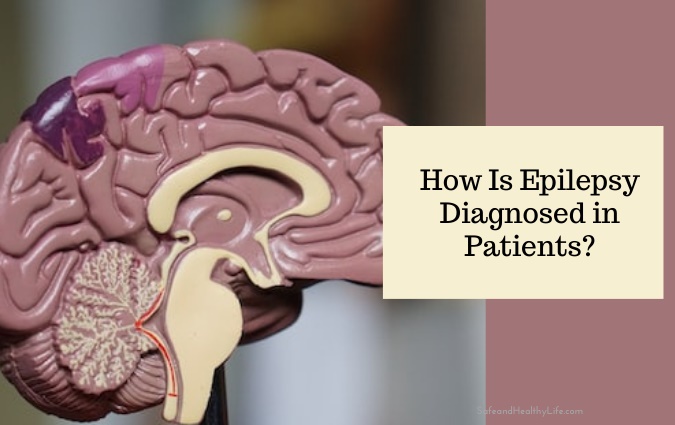
People suffer different complications that are caused by various factors. Some conditions you may suffer from include epilepsy. It’s a central nervous system disorder that affects brain activity. It’s accompanied by seizures and sensations.
Seeking medical assistance for diagnosis and treatment would be best. Physicians use different tests to identify the disorder in patients.
Below are some of the tests that doctors may use to diagnose epilepsy.
Medical History and Physical Examination
Compiling detailed medical records helps doctors examine the condition. The physician asks various questions that help them differentiate the complication from others. These questions concern your health and what happened before and after the convulsion.
Bringing someone who witnessed the convulsive attack would help. They give accurate information because you could have been unconscious.
The queries include how the attack began and if there was a trigger. Also, you’re asked how long the attack lasted and if you were recently unwell. Inform the specialist if you have taken drugs to control the situation.
Neurological Examination
The condition affects the parts of the brain responsible for memory and cognitive skills. As a result, you’re likely to struggle to think and remember things. These issues may result from repeated convulsive attacks or complications that cause epilepsy.
Visiting a neurologist to test your speech and thinking capacity would be helpful. The assessment indicates the areas that potentially cause this complication. They also examine how the rest of the nervous system is functioning.
Blood Tests
Epilepsy might be caused by various infections in the body. Also, it can result from genetic factors.
For instance, a mutation in the genes puts you at risk of developing this complication.
This is why doctors perform blood tests to identify the conditions related to convulsive attacks.
Furthermore, it helps determine the type of convulsive attacks that you have. These tests include the chemistry panel that determines blood sugar levels.
Additionally, it determines the functioning of organs like the liver and kidney, which may be the cause of convulsions. The outcome determines the choice of medication prescribed for you.
Computerized Tomography (CT) Scan
CT scan is a revolutionized neurological practice that helps medical practitioners see the inside of the brain without a surgical procedure.
Although the process exposes you to radiation, it’s safer since the amount is low, even when performed several times.
This procedure uses X-rays to create proper images of the brain. Physicians identify any abnormalities that might lead to convulsive attacks.
For instance, tumors, cysts, and blood circulation problems, among others. It can be done quickly, so it’s helpful in emergencies.
Electroencephalogram (EEG)
An electroencephalogram, or EEG, is a common test used to check for epilepsy. This painless procedure checks the brain’s electrical patterns. The physician places a device like a Zeto EEG headset on your head to record the electrical activity in the brain.
Experts perform the procedure when you are awake or asleep. If the specialist sees unusual wave patterns, it’s an indication you have the condition.
This process determines the nature of the convulsions. Additionally, it identifies other conditions you might have.
Magnetic Resonance Imaging (MRI)
The physician uses an MRI scan to check the possible areas that cause convulsions. This procedure uses radio waves to identify the condition of the brain. It provides 2D and 3D images that ensure an excellent view of the brain structure.
You lie on a table inside the machine that takes pictures of the inside of the head. The medical practitioner then uses the results to identify the cause of convulsive attacks.
Positron Emission Tomography (PET)
The test shows how the brain uses oxygen and glucose. It helps the specialist view the blood flow functioning of blood cells. In addition, it determines how the brain breaks down sugar.
The physician injects radioactive substances into your arm. These materials collect in the brain and help determine how well it is functioning.
As a result, they can determine the damaged parts that will likely cause convulsive attacks. Usually, convulsions occur in areas with low glucose levels.
Conclusion
The above tests are used to detect epilepsy.
Fortunately, you can manage the condition with the prescribed medications or surgeries. Just be sure to follow the doctor’s instructions after the diagnosis.
About The Author:
Stacey Smith is a freelance health writer. She is passionate to write about women’s health, dental health, diabetes, endocrinology, and nutrition and provides in-depth features on the latest in health news for medical clinics and health magazines.




![Managing Appetite Loss in Elderly Hospice Patients [LifeChoice's Expert Advice] Managing Appetite Loss in Elderly Hospice Patients](https://www.safeandhealthylife.com/wp-content/uploads/2023/05/Managing-Appetite-Loss-in-Elderly-Hospice-Patients-150x150.jpg)